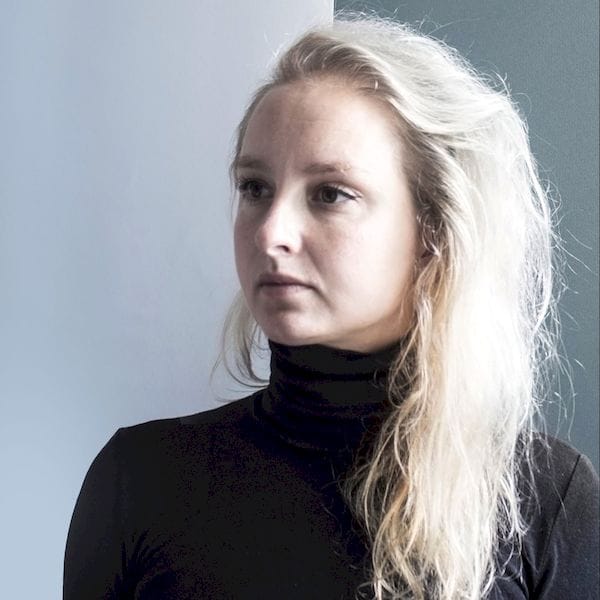![Lilian Van Daal [Source: Women in 3D Printing]](https://fabbaloo.com/wp-content/uploads/2020/05/image-asset_img_5eb09c6a6fcd7.jpg)
Product designer Lilian van Daal bridges with her work the natural and the artificial – or designed – world.
She experiments with innovative technologies and materials in order to meticulously mimic nature. With the resulting objects, she aspires to reveal nature’s rich library of solutions. The emphasis is on the imitation and adjustment of structures to optimize production methods in a sustainable way.
She won several awards like Public Award Ontwerp en Innovatieprijs Gelderland, the Volvo Design Challenge 2015 and the Bio Art and Design Award 2016. In 2018 she was selected as one of the design talents by the Creative Industries. Her work has been exhibited in Milan, Vienna, Madrid, Peru, Argentine and several places in The Netherlands.
In 2017, a sustainable concept for car seating ‘Shapes of Sweden’ has been acquired by the Centre Pompidou in Paris, France. Over the years she has worked for Studio Drift, Feiz Design, Bleijh Concept & Design, and StudioMOM.
Nora Toure: Lilian, could you let us know about your background and what brought you to 3D printing in the first place?
Lilian Van Daal: I graduated in Industrial Product Design from the Technical University in 2010. For several years I worked at well-known industrial design studios in the Netherlands, like studio Drift and studio MOM. Then I decided to continue with a postgraduate degree with the Royal Academy of Art in conceptual design.
It is during my time with the Royal Academy of Art that my interest in biomimicry started. This is a principle in which you look at nature and biological processes in order to innovate products and production methods. 3D printing is the best production method since it allows meticulous imitations and local production. Also, it allows circular production thanks to recycled PA materials.
The emphasis in my work was on reproducing structures from organisms and other natural phenomena and implement that in the production of soft seating. This is still a very unsustainable production process: a lot of materials are used, like wood, metal, foam, fabrics etc which don’t easily contribute to a circular production process. All these components are glued together and unable to recycle in the end.
I started to question myself: How would nature design a multi-functional material with the qualities and functionalities of softseating. In nature, one single material is composed out of different structures to create a function. This inspired me to remodel and amplify structures, for example from uni-cellular organisms, which I 3D printed.
In nature, a material is developed layer by layer. In our industrial world, the best way to ‘grow’ material and recreate these very complex structures is by means of 3D printing. Thanks to this technique, I was able to create a sofa out of one single material with all the functionalities like construction, ventilation, comfort etc. The result is a circular sofa or chair.
My intention with my work is to raise awareness for a more sustainable and local production method that is empowered by 3D printing.
Nora Toure: What was your very first experience with 3D Printing?
Lilian Van Daal: At the technical university, we used 3D printing as a prototyping process and more for specific compartments of a product. Not so much as a production method for a complete product like a chair. I have been changing my approach towards the technique over the years.
Read more at Women In 3D Printing











Elizabeth C. Engele (Lizzy) is a designer for social good, and a founder of MakerGirl.